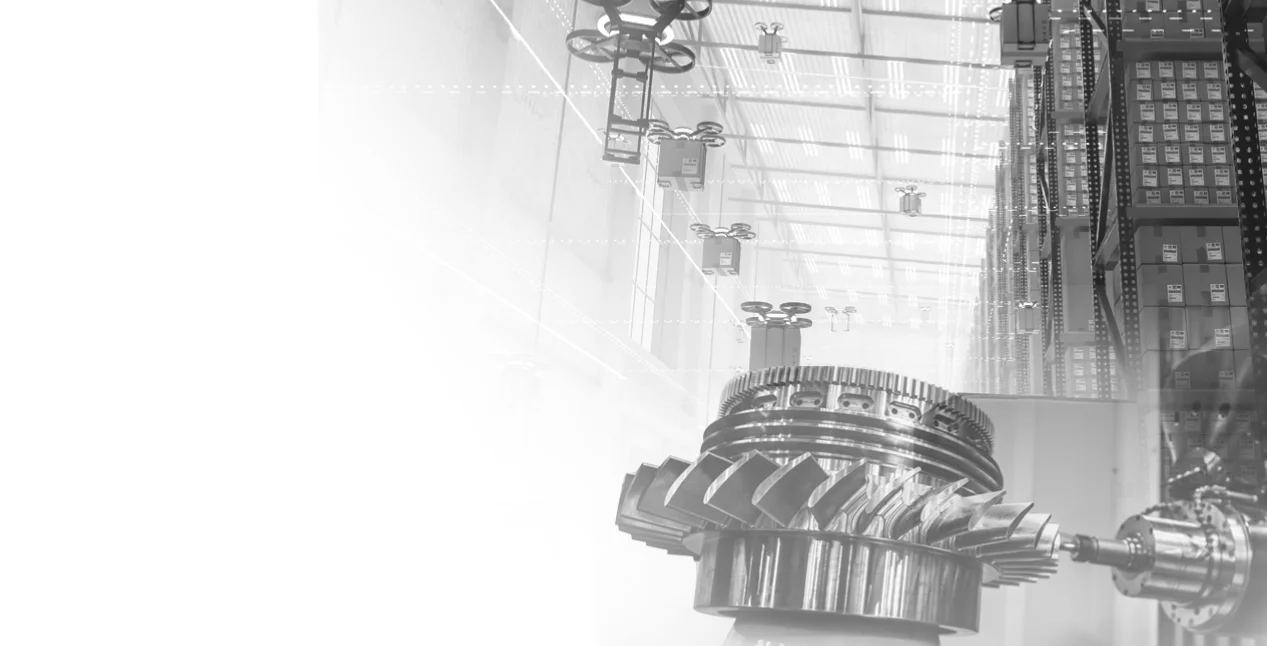Overall, two-thirds of manufacturing industry leaders are excited about the long-term impact of AI in functional areas of the business. But executive-level leaders have some work to do getting buy-in on the benefits AI can bring. They’re far more excited and far less worried about AI’s impact than their director-level reports, of which only half express excitement about AI, while being almost 4 times as likely to be worried about it.
85% of companies have already adopted AI solutions, but they’re not all going about it in the same way. A majority are working with existing suppliers to implement AI technology, but leaders are nearly as likely to source new suppliers that use AI, purchase commercial AI solutions, or build their own custom AI to suit their particular needs.
Regardless of how companies are getting it done, the industry-wide consensus is that AI has a big role to play in the future of manufacturing.
Engineering Leaders Differ On Expectations for AI
And while everyone agrees that AI will make significant contributions, opinions differ as to where it’ll have the greatest impact. Engineering leaders are much more likely to believe AI will impact quality control and inspections, where the technology has seen widespread use for several years now.
But they’re much less likely than non-engineering roles to believe that AI has a part to play in product design (36% vs. 51%), where its use remains a novel approach.
Given that engineers are increasingly spending more of their time on non-engineering procurement tasks (more on this in the next chapter), it makes sense that they’re much more optimistic than others about AI’s potential impact on sourcing.
















